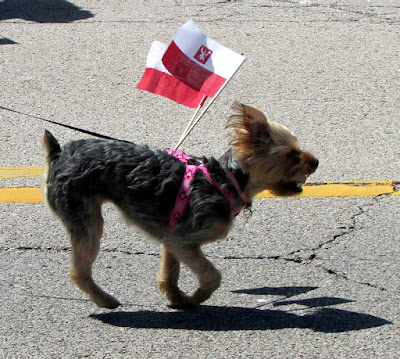top left is a live human head of a sitting person atop the boulder
Henry Church Jr. was a Chagrin Falls blacksmith, and a folk artist. He had no art training, and such people are called by the art establishment in America 'primitivists', or "folk art primitivists". His chief work is a bas-relief stone carving next to the Chagrin River, and down a semi-treacherous steep path. This is part of the South Chagrin reservation of the Cleveland Metroparks. It is the only trail, of several, in the park that is described as "challenging". Officially this is in Benleyville, if you see an outline of Cuyahoga County's eastern border, this is the bump out that would have been in Geauga if the line ran entirely north/south.There are ridiculous stories that Henry came secretly at night to carve this, and to have it discovered as an Indian work. To reach the spot, in the dark, without falling into the river, or breaking bones is really hard to conceive. There is a walkway to it, almost certainly paid for by Franklin Roosevelt, because who else would have? So much that was good and enduring was built under Roosevelt (and therefore more reason for him and his programmes to be hated by the anti-Democratic forces). Since Church, probably could not levitate, he had to have scaffolding or ladders to work.
On the maps this is called "Squaw Rock", and Squaw Rock Picnic Area, Squaw Rock Hiking Trail Loop and such; but signage at the park has replaced it with "Henry Church _____". Over recent years, there has been a growing consensus that the word 'squaw' has been used insultingly and derogatorily over the years, and in many places the word has been replaced. Henry completed this sculpture in 1885, and he called it “The Rape of the Indians by the White Man”. As time has passed, the soft rock has had nature reduce its clarity, and vandals have removed parts of the sculpture, so that the woman and child are faceless. Her breasts have been removed. There are several other figures that are not very clear, there is an eagle in the upper left, and below it and further left is a quiver of arrows. The serpent had more distinguishable scales in the past, and other figures have been discerned.
Someone carved in handsome letters "WELCOME.", it has been unnecessarily added to.



















































